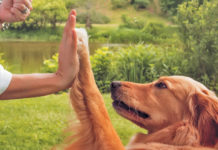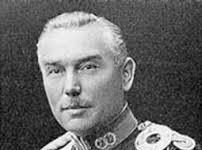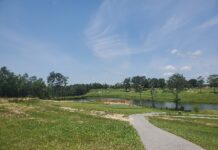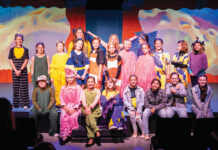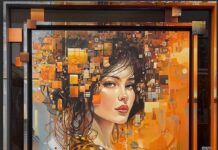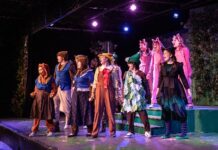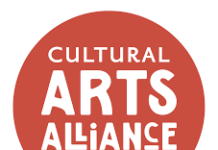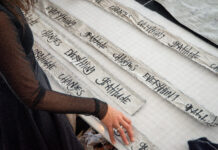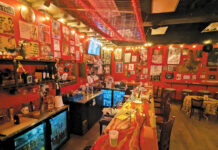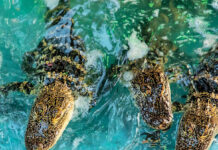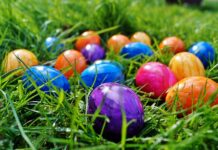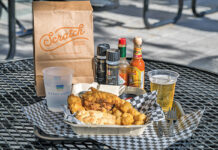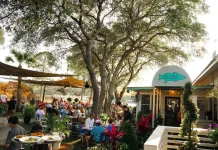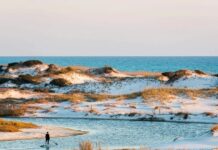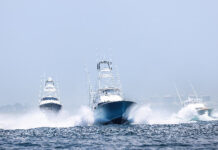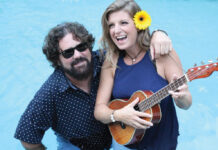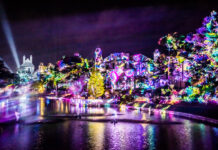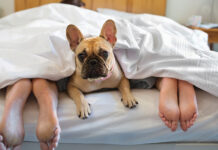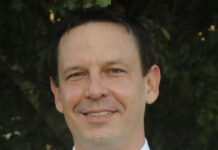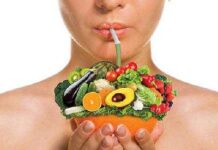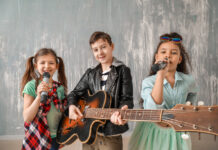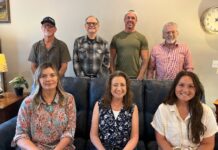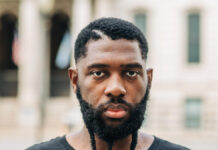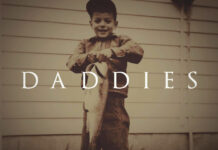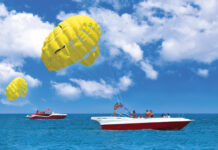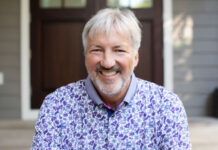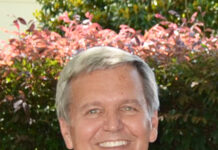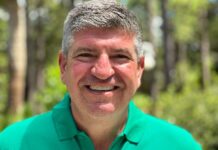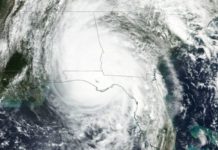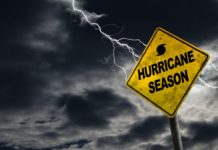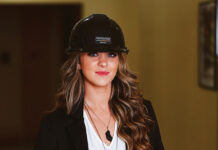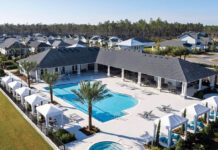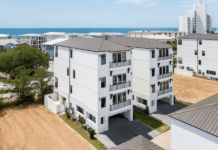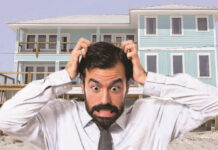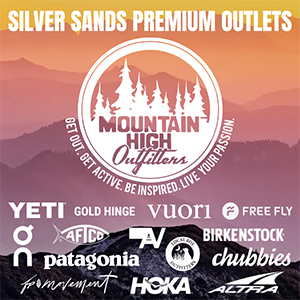By Helen Petre
The beach is a hard place to live. It is constantly bombarded by wind and waves. There is no place to hide except in the sand because there are no plants and there is little to eat. Yet, organisms are successful at living there. Coquina and sand fleas, or mole crabs, are common in the swash zone on Walton County beaches, as shown in the Florida Fish and Wildlife photo. Coquina are clams, and a significant food source for sandpipers and plovers. Sand fleas are crustaceans, like crabs and lobsters. They do not bite. They eat decaying matter and are excellent bait for pompano. Coquina and mole crabs are indicators of healthy beaches.
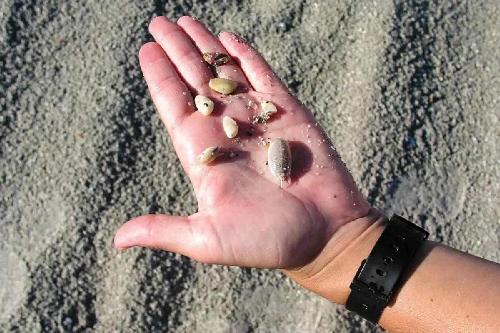
Ghost crabs (Ocypode quadrata) dig burrows four feet deep in order to reach the water table and keep their gills wet. Their white color blends in with the white quartz sand, and they are amazingly fast. Ghost crabs come out at night to eat dead things the tide has washed in. They also eat sea turtle eggs. They would drown in the surf.
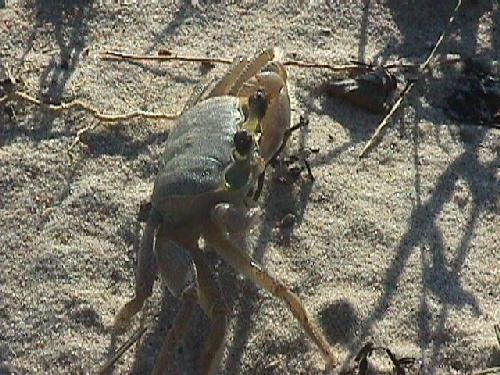
Pinfish, (Lagodon rhomboides) are the most common bait fish caught in seines or dip nets in sea grass beds along the coast. E.O. Wilson lost the vision in his right eye at the age of seven when a pinfish he caught jumped up and hit him in the eye.
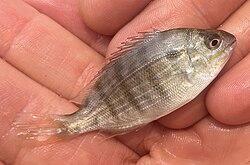
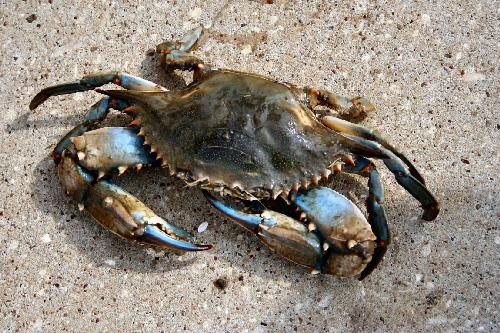
Blue crabs turn red when cooked. Besides humans, crabs are food for sharks, rays, and large fish. They eat small fish, like pinfish, and other crustaceans, like mole crabs, and clams, like coquina. They even eat detritus, plants, and animal waste.
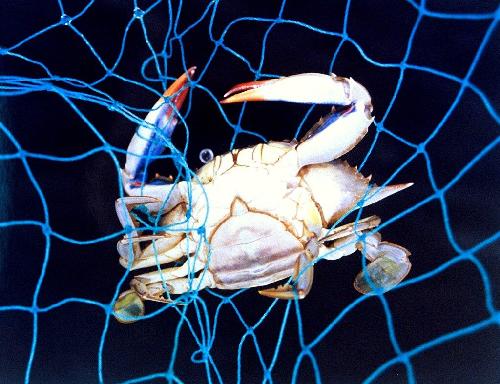
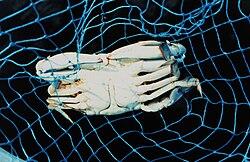
All these animals can be easily seen on the beach or in the surf. The beach is a great place to visit, but to many animals, it is home.
Helen Petre is a retired USDA biologist and college biology professor. She spends her time volunteering, teaching, and writing science articles to share her interests with future generations.
Views: 12

